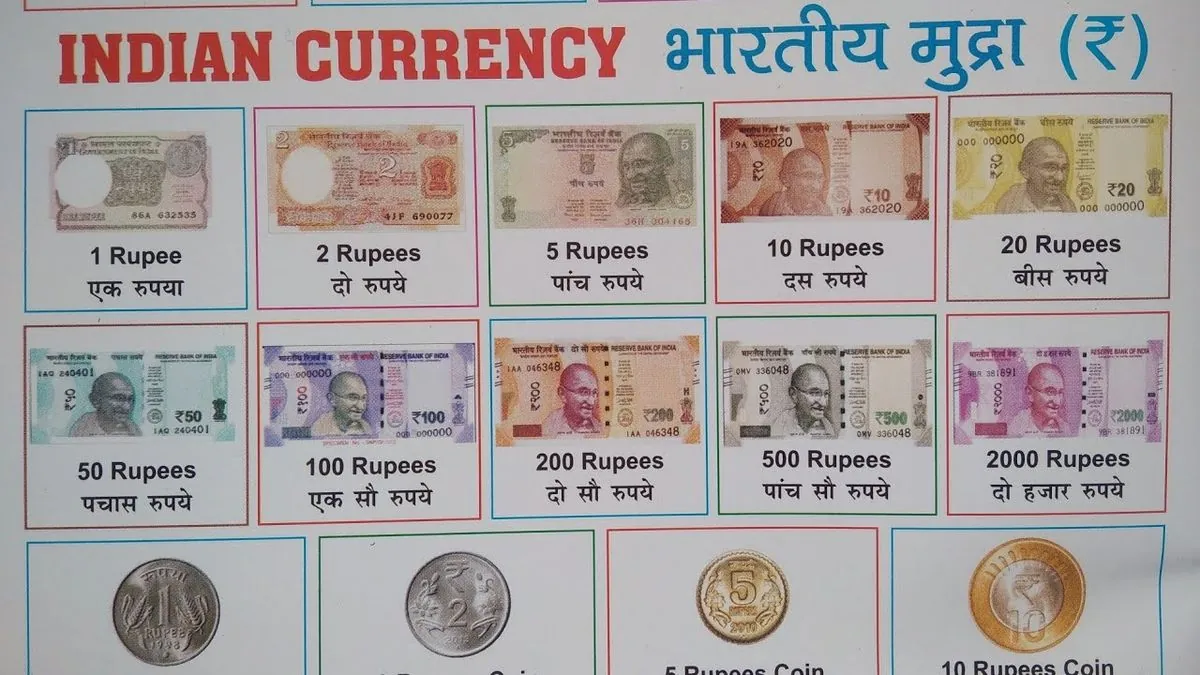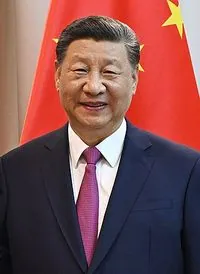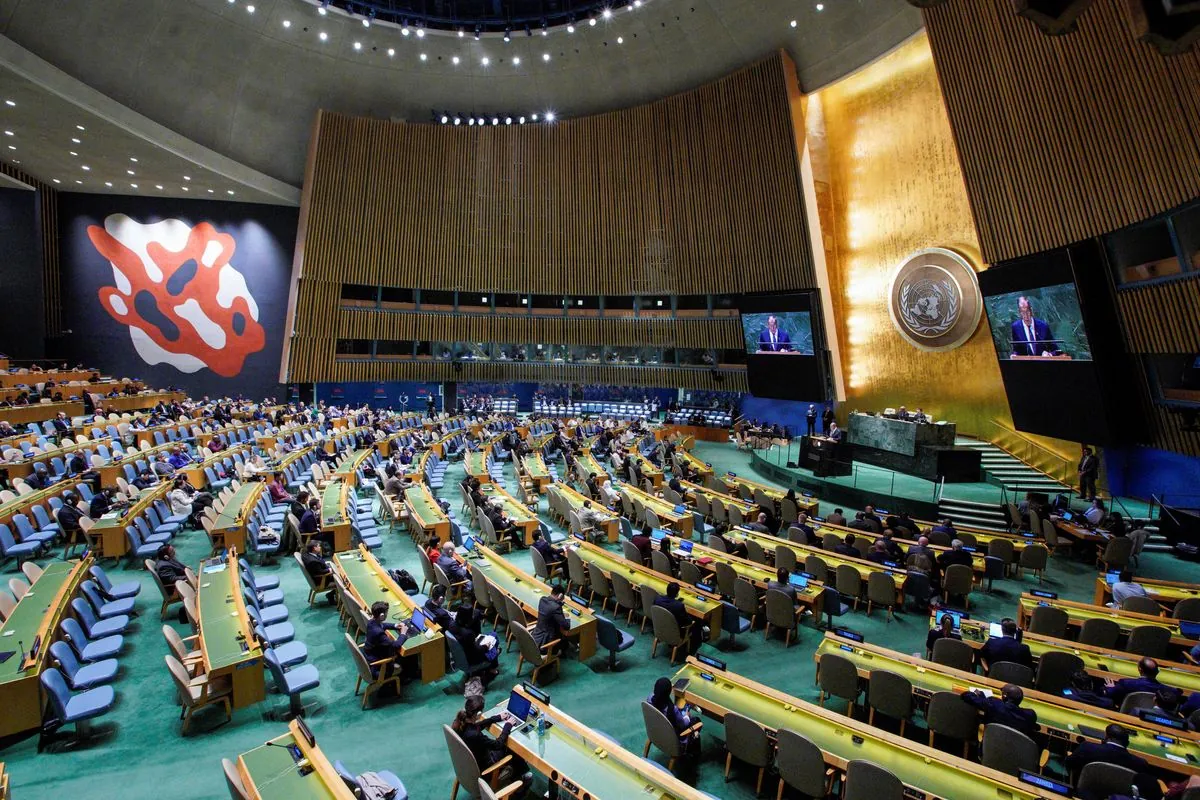India's Forex Reserves Surpass $700 Billion, Joining Elite Global Club
India's foreign exchange reserves hit a record $704.89 billion, marking a significant economic milestone. This achievement places India among the top four economies globally in terms of forex reserves.

India has achieved a significant economic milestone as its foreign exchange reserves surpassed $700 billion for the first time, reaching $704.89 billion as of September 27, 2024. This accomplishment places India in an elite group of economies, joining China, Japan, and Switzerland as the only nations to hold such substantial forex reserves.
The recent surge in reserves is attributed to a combination of valuation gains and the Reserve Bank of India's (RBI) strategic dollar purchases. This increase marks the seventh consecutive week of growth, with the latest week seeing a remarkable $12.6 billion addition—the largest weekly gain since mid-July 2023.
India's journey to this financial landmark began in 2013 when the country started bolstering its forex reserves in response to foreign investor withdrawals due to weak macroeconomic fundamentals. Since then, India has implemented stricter inflation control measures, achieved higher economic growth, and narrowed fiscal and current account deficits, all of which have contributed to attracting foreign funds and boosting reserves.
Foreign inflows have played a crucial role in this achievement, with $30 billion entering the country so far in 2024. This influx has been primarily driven by investments in local debt, particularly after their inclusion in a key J.P. Morgan index.

The significance of robust forex reserves extends beyond mere numbers. Gaura Sen Gupta, an economist at IDFC First Bank, explains, "Adequate FX reserves reduces currency volatility since RBI has adequate firepower to intervene if needed. Moreover, it adds to investor confidence which reduces the risk of sudden capital outflows."
India's forex reserves have experienced a substantial increase of $87.6 billion in 2024 alone, already surpassing the near-$62 billion growth observed throughout the entire previous year. The most recent weekly increase was composed of $4.8 billion in dollar purchases by the RBI and $7.8 billion in valuation gains, according to Sen Gupta. These valuation gains were influenced by declining U.S. Treasury yields, a weaker dollar, and rising gold prices.
The RBI has been actively intervening in the currency market to maintain the rupee's stability. This strategy has resulted in the Indian rupee becoming the least volatile among emerging market currencies. When questioned about the rupee's lack of volatility last month, RBI Governor Shaktikanta Das stated that higher volatility did not benefit the economy.
It's worth noting that foreign exchange reserves serve multiple purposes beyond currency stabilization. They can be used to pay for imports, repay foreign debt, and provide economic security during global crises. The composition of these reserves can also impact global currency markets, with the US dollar being the most common currency held in forex reserves worldwide.
As India joins the ranks of nations with over $700 billion in forex reserves, it solidifies its position as a major player in the global economy. This achievement not only enhances India's financial stability but also boosts investor confidence in the country's economic future.
"Higher volatility did not benefit the economy."


































